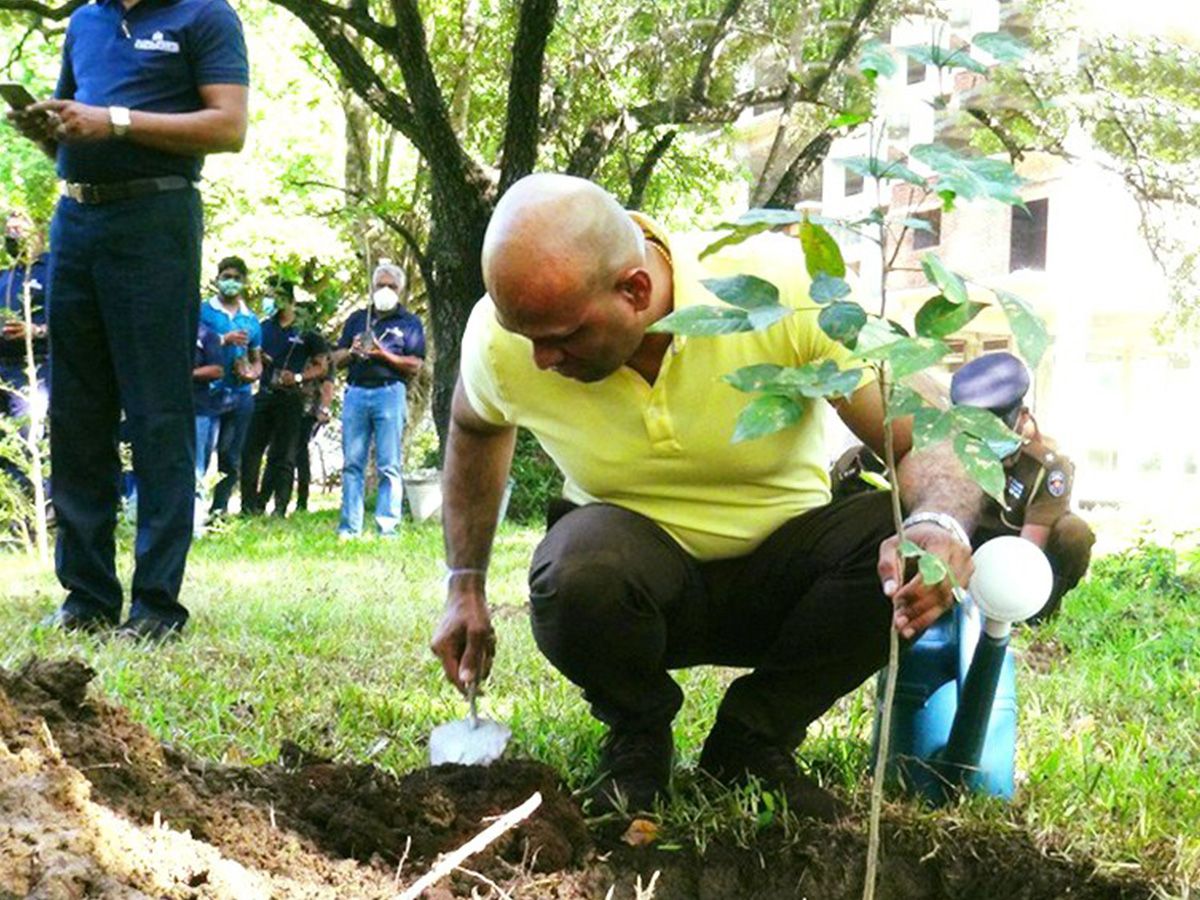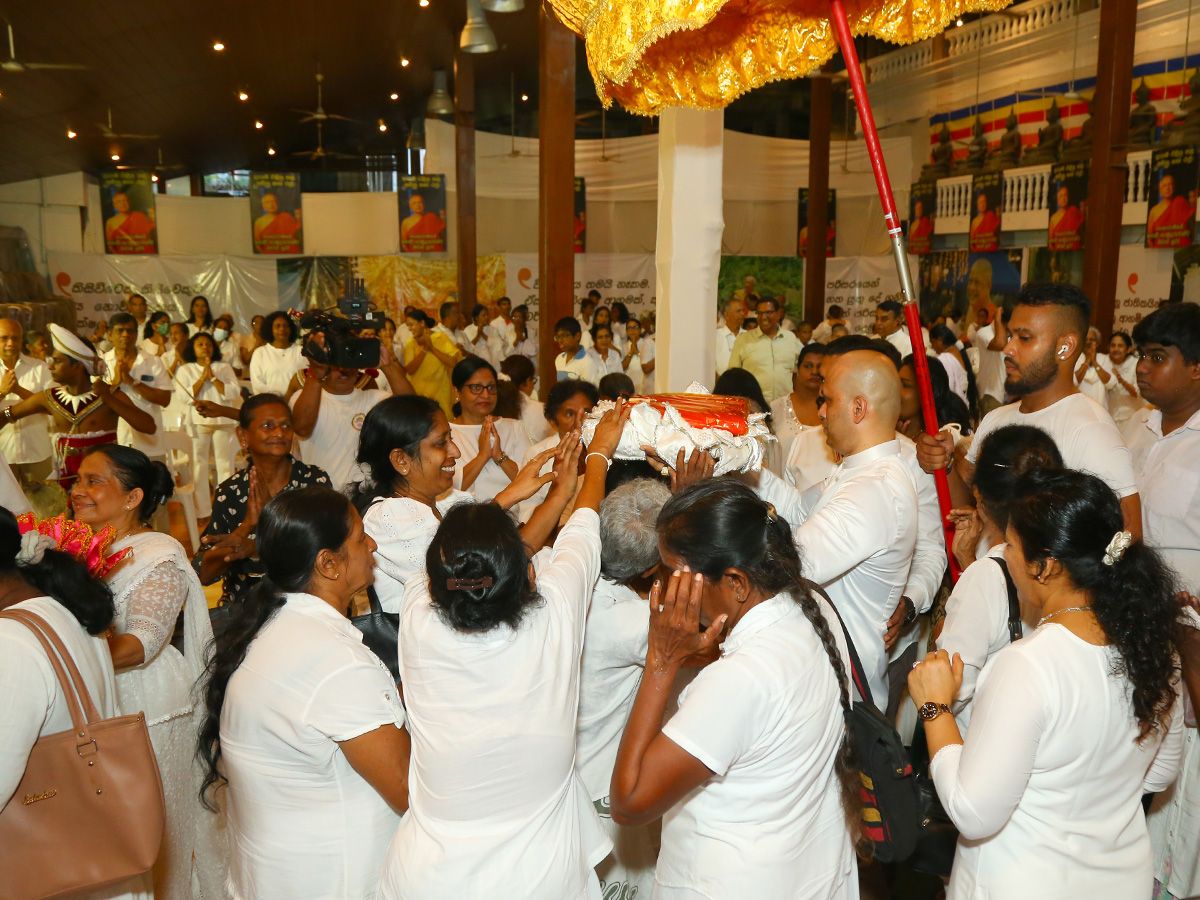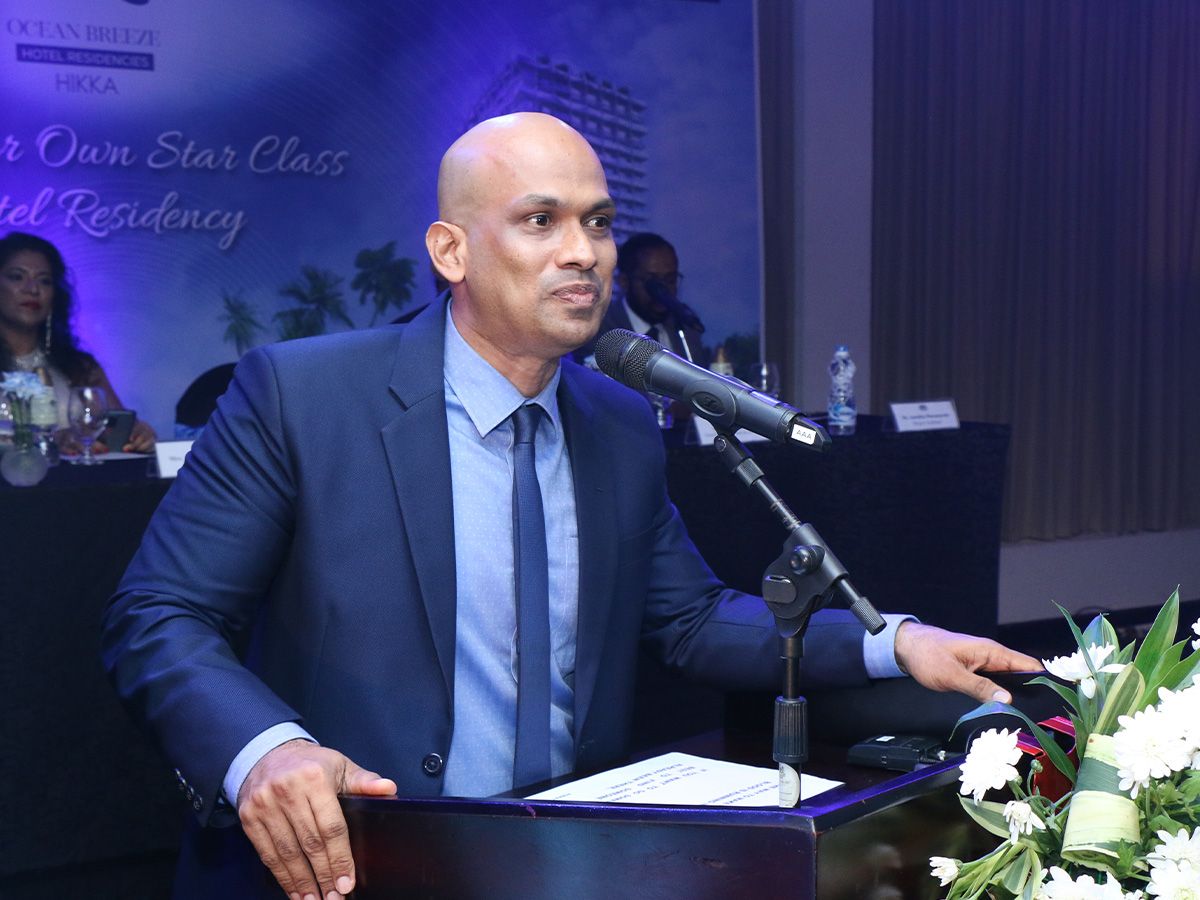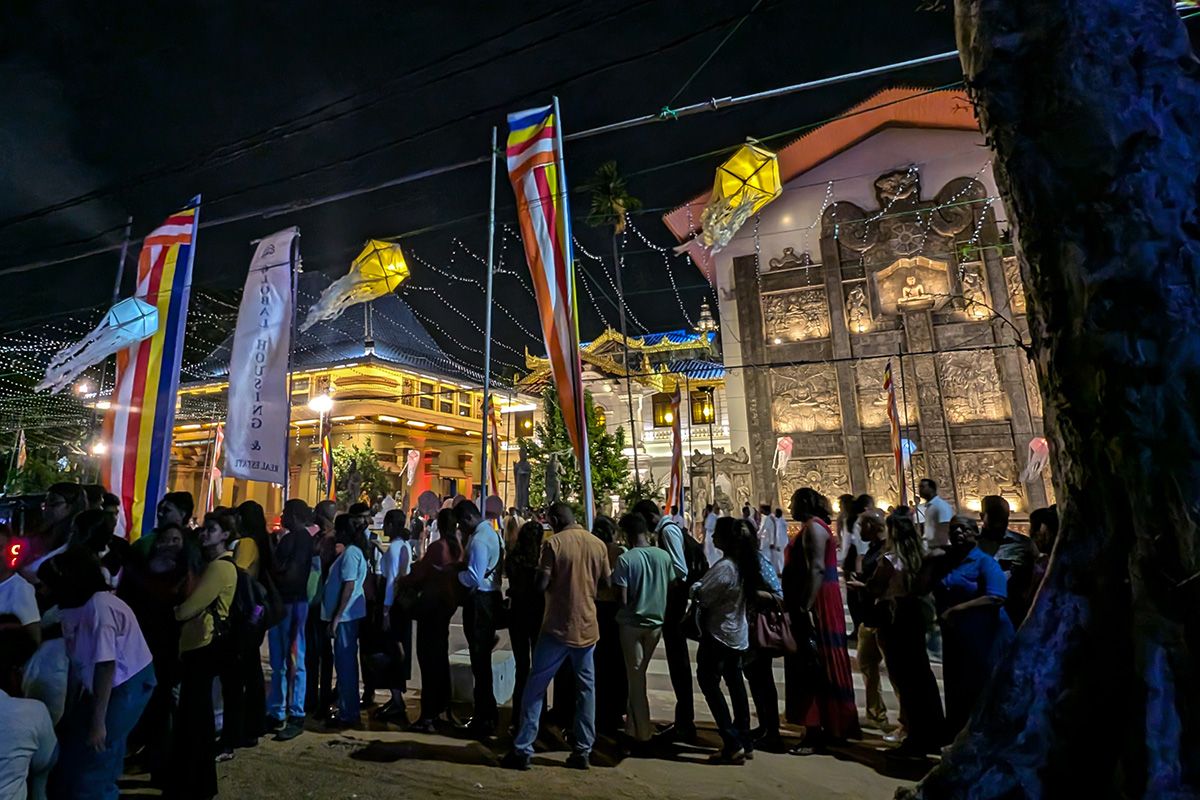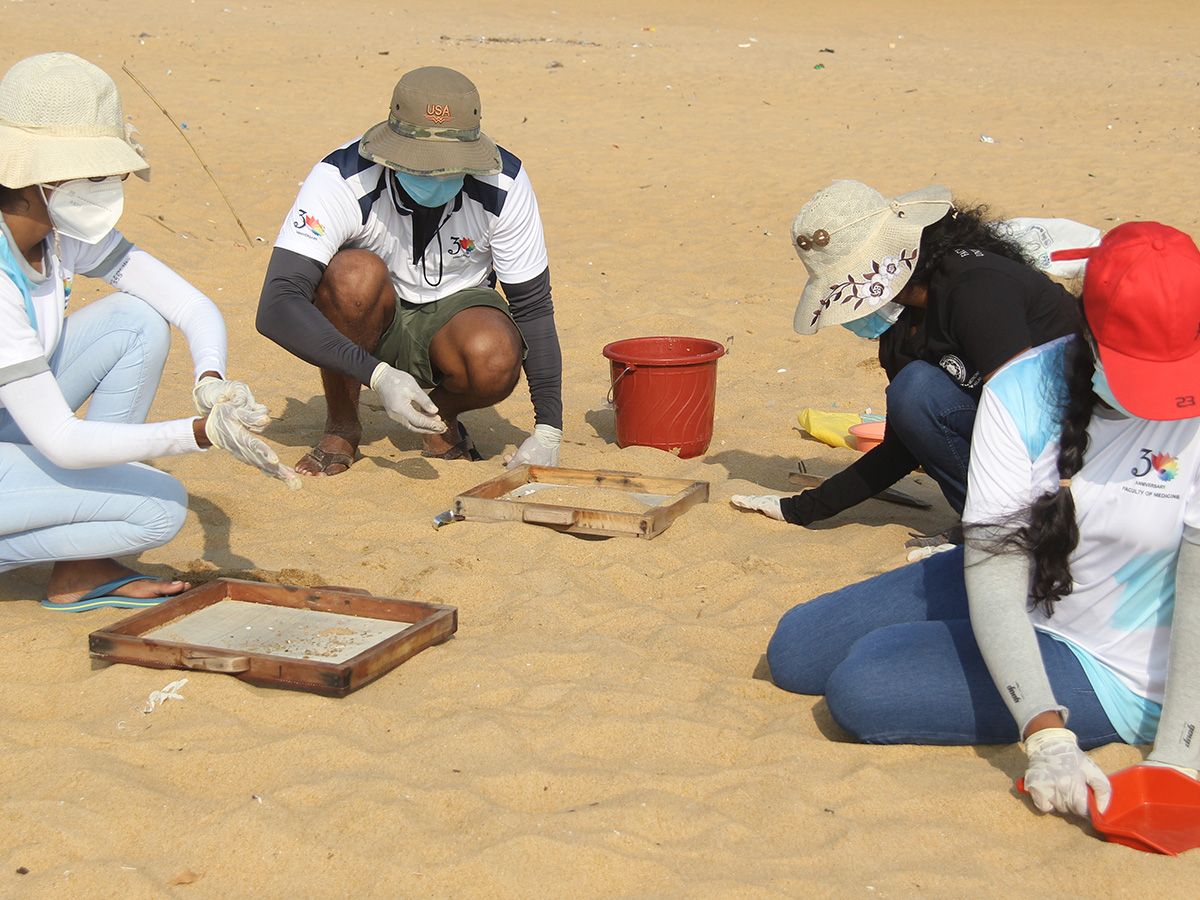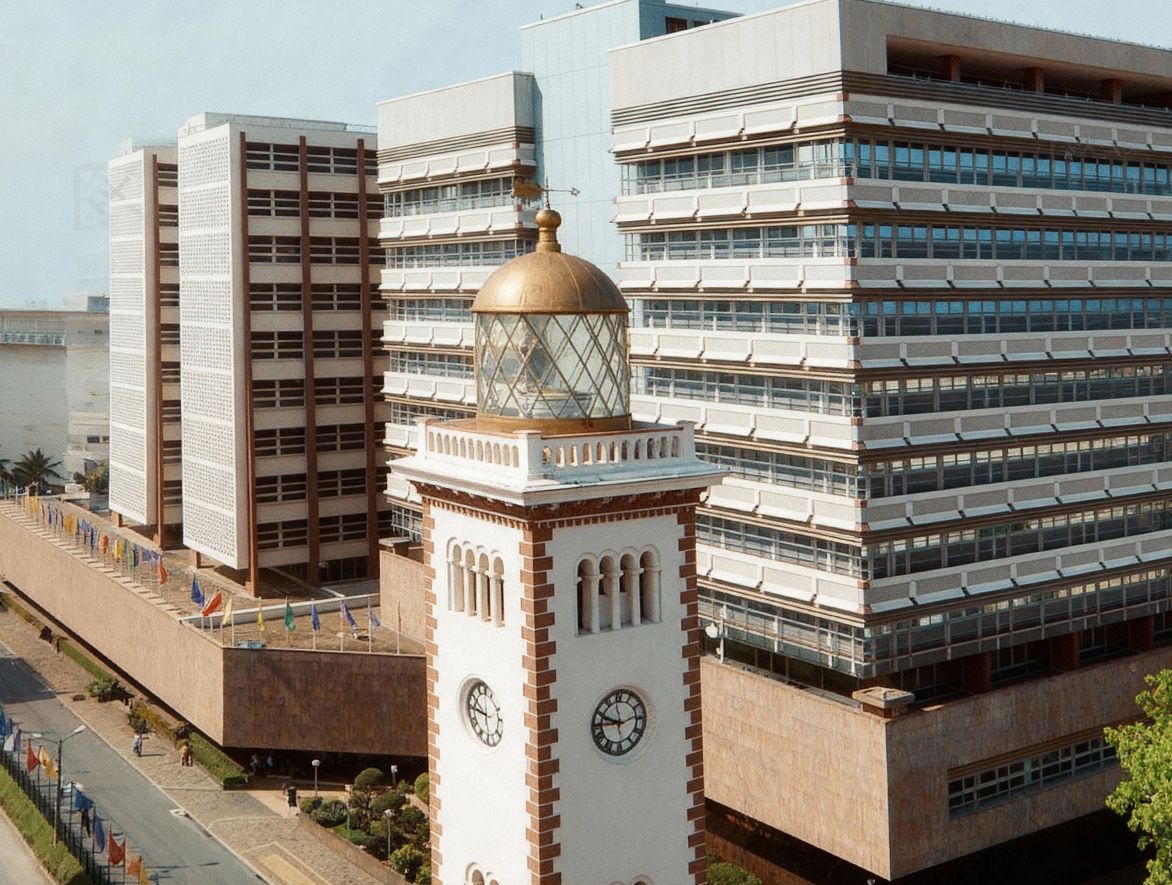Table of Content
Written By

GHR Global
Digital Marketing Team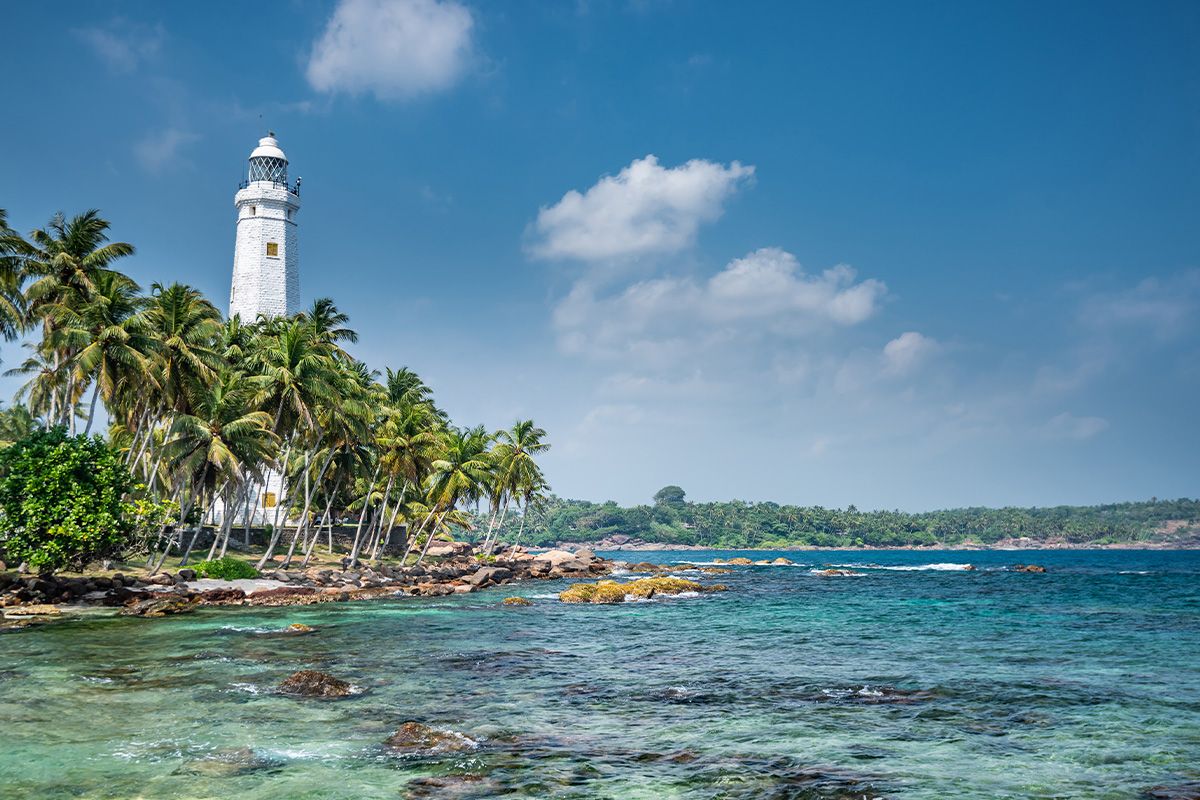
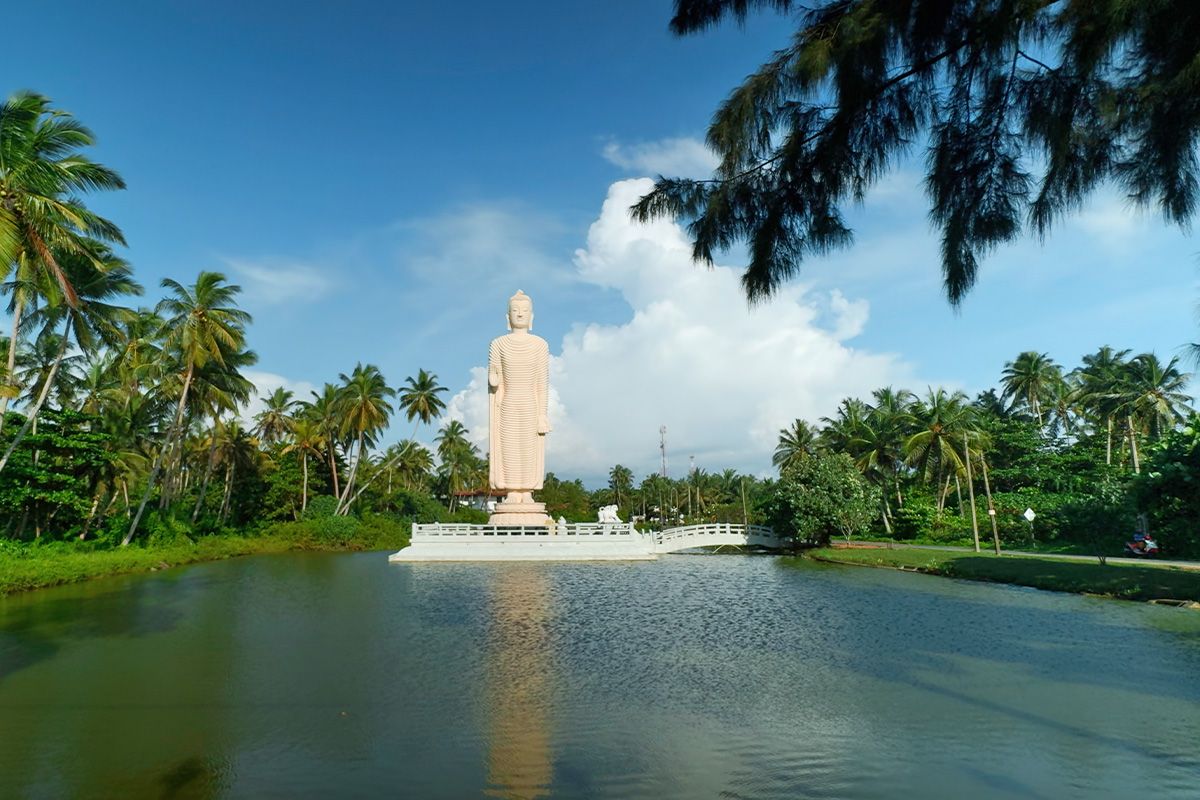
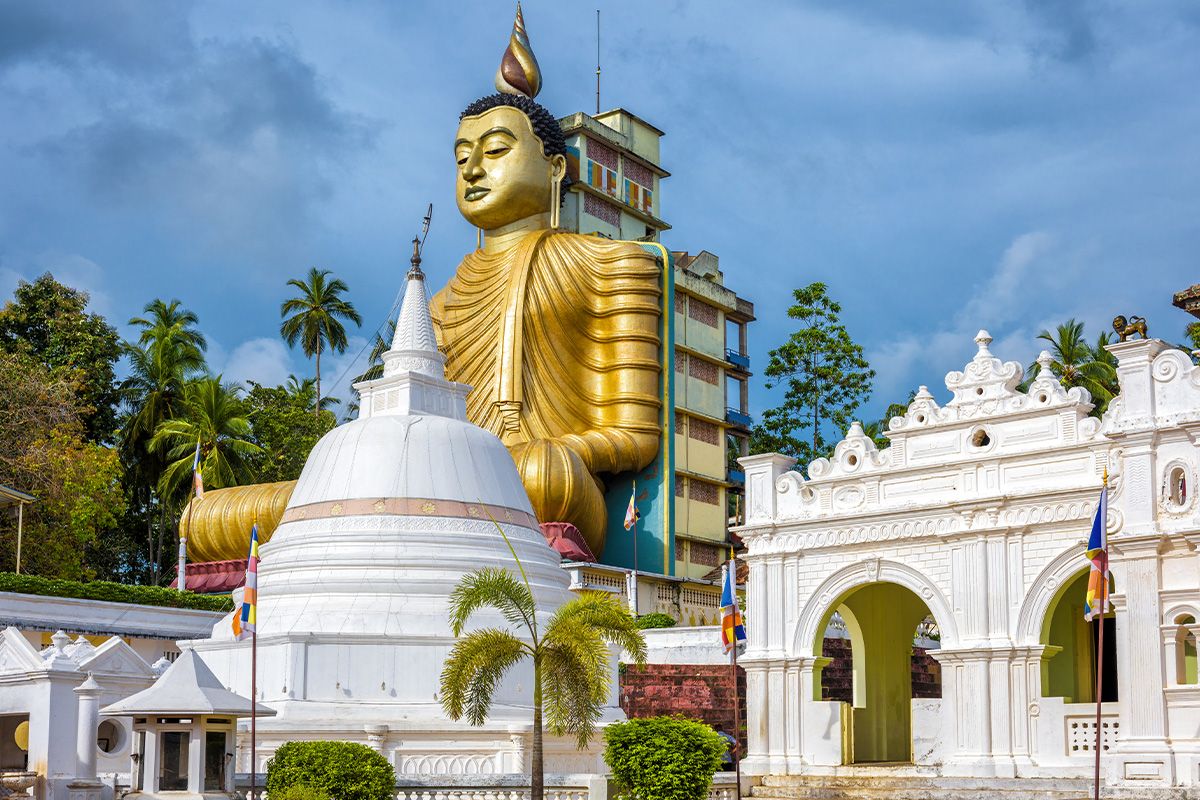
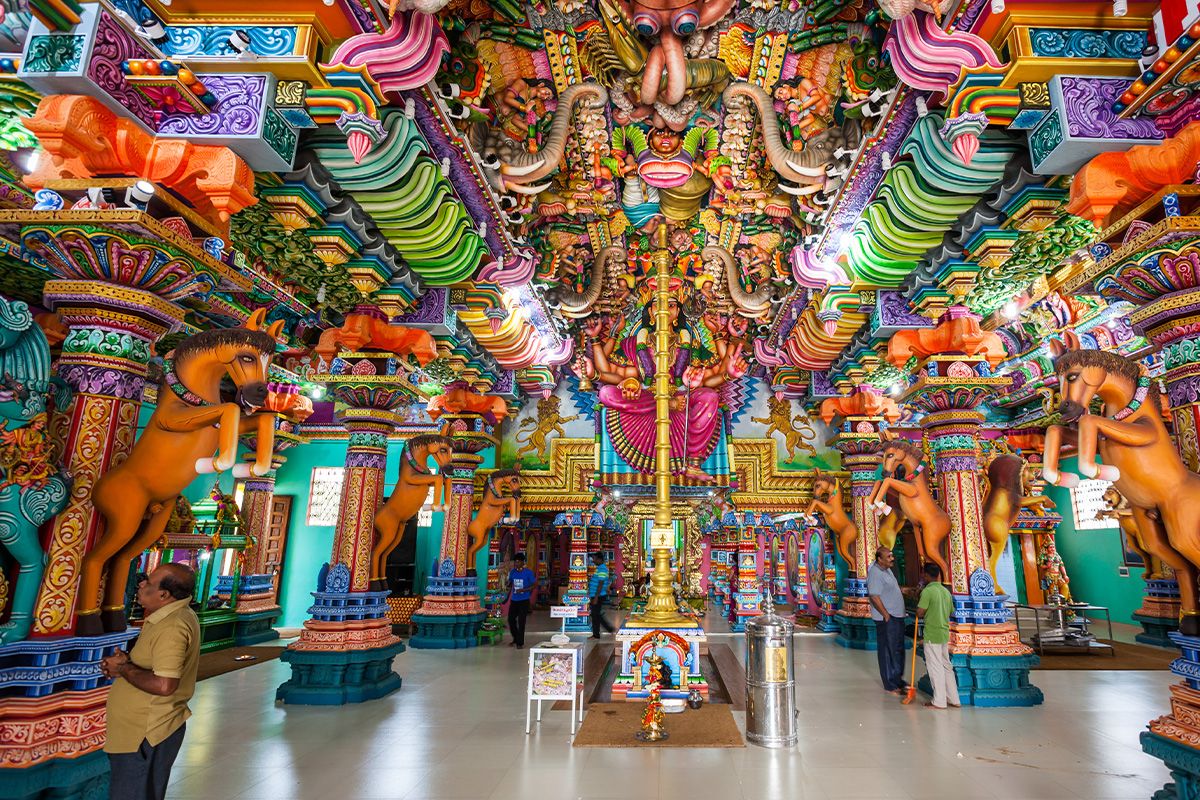

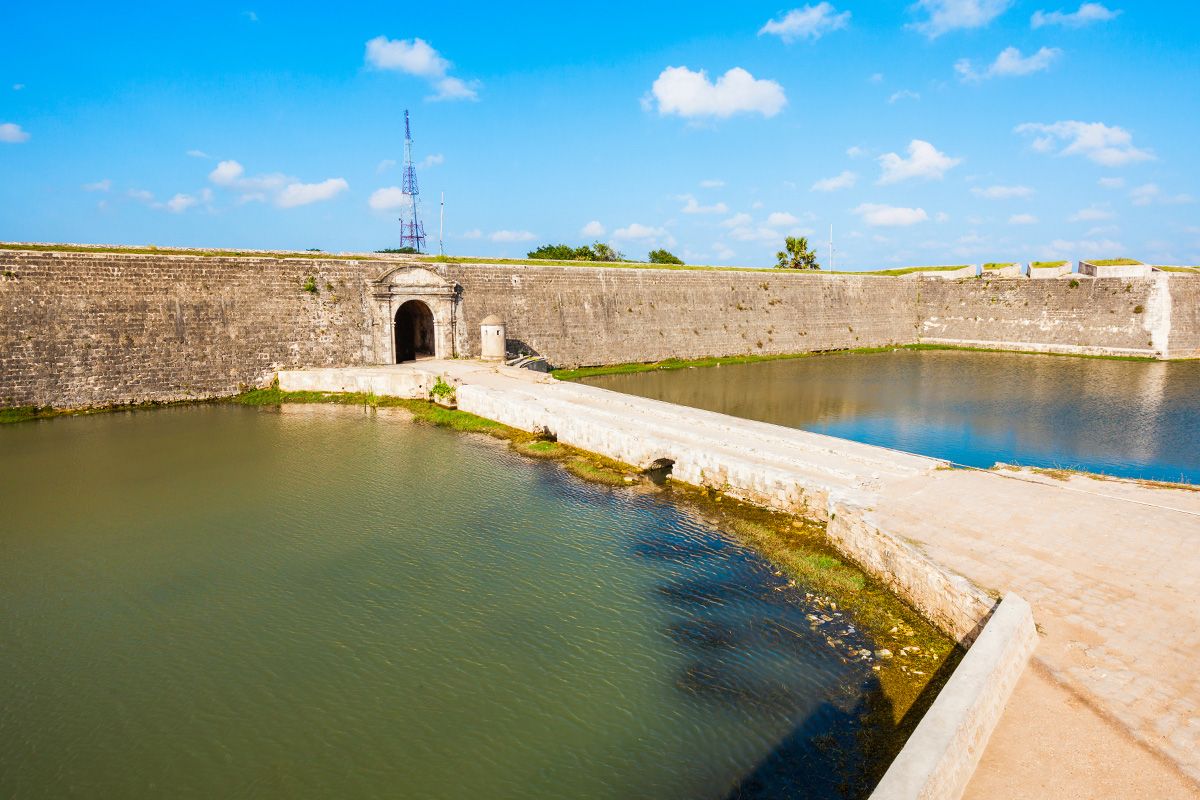
Sri Lanka’s tourism industry is on a remarkable growth trajectory, playing a pivotal role in the country’s economic recovery. From January to October 2024, tourism earnings reached USD 2.5 billion, reflecting a 59% increase compared to the previous year. With projections of 4 million tourists by 2030 and a focus on creating $8.5 billion in revenue, this resurgence presents significant opportunities for investors in Sri Lanka’s booming real estate and hospitality sectors.
As the nation stabilizes economically and strategically emphasizes authenticity and sustainability, both the tourism and construction industries are poised to support robust growth, making this the ideal time to invest in hotel residencies and apartments catering to this expanding market.
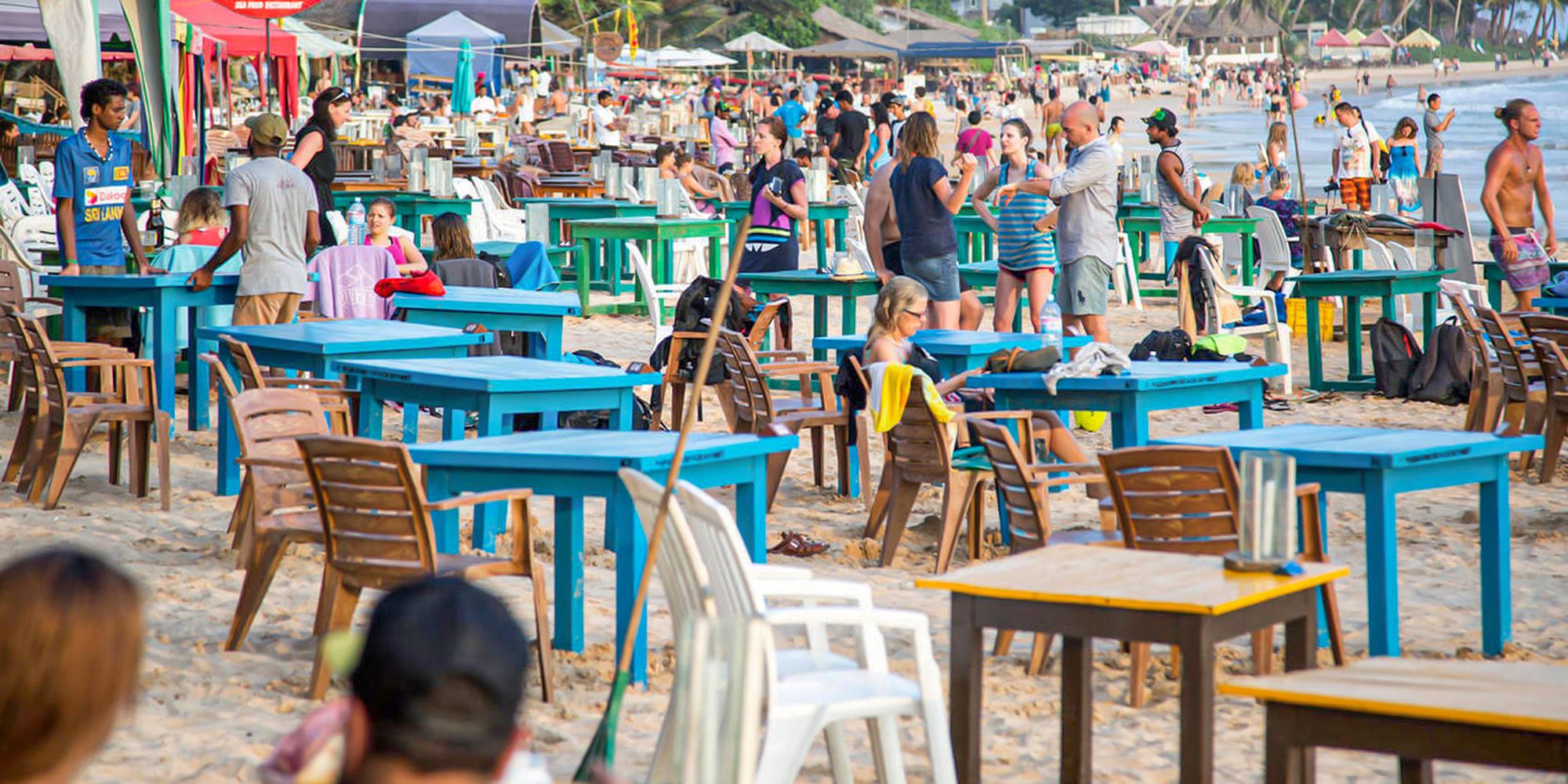
Tourism: A Catalyst for Economic Growth
Tourism has always been a cornerstone of Sri Lanka’s economy, and its recovery in 2024 has provided renewed confidence in the sector. Alongside increased visitor numbers, the country aims to raise daily tourist spending from $169 to $250 by 2030, signaling a shift towards premium tourism experiences.
However, with overcrowding at key tourist destinations like Sigiriya and Yala, and a demand-supply imbalance in accommodations, the opportunity for private sector-led investments is immense. The rise in visitor numbers underscores the need for luxury accommodations in untapped locations, driving demand for hotel residencies that align with the nation’s vision of sustainable growth.
How Hotel Residencies Drive Economic Growth
Investments in hotel residencies offer a unique proposition, providing both personal benefits and substantial contributions to the economy:
- Foreign Exchange Earnings: By catering to international tourists, these properties help generate much-needed foreign exchange, strengthening Sri Lanka’s reserves, which currently stand at $6.4 billion.
- Boosting Local Economies: Investments in accommodations and related tourism infrastructure create jobs, support local suppliers, and boost regional economies.
- Infrastructure Development: Tourism growth often drives improvements in infrastructure, benefiting both hospitality projects and surrounding areas.
- MICE Tourism Opportunities: With increasing interest in Meetings, Incentives, Conferences, and Exhibitions (MICE), Sri Lanka has significant potential to attract corporate events, adding a stable revenue stream for hotel residencies.
Why Hotel Residencies are the Ultimate Investment
Hotel residencies offer a unique proposition, blending the best of real estate and hospitality investments. Here’s why they stand out:
- Increasing Demand for Rentals: With surging visitor numbers, luxury accommodations in key locations like Hikkaduwa, Nuwara Eliya, and Sigiriya are consistently in high demand. This drives high rental yields for investors.
- Construction Sector Growth: Sri Lanka’s construction industry is experiencing steady growth, with a 6% month-over-month increase recorded in October 2024. This growth supports the timely development of new projects, ensuring that investors can meet the rising demand for accommodations.
- Economic Stability: Macroeconomic stabilization, including declining inflation (-0.4% for 2024E) and GDP growth projected at 4.5% for 2024E, provides a favorable environment for real estate investments.
The Future of Tourism Investment in Sri Lanka
While iconic attractions like Sigiriya, Hikkaduwa, and Nuwara Eliya continue to draw millions of visitors, emerging destinations such as Jaffna, Ella, Trincomalee, Hiriketiya, and Dickwella are rising stars in Sri Lanka’s tourism landscape. These areas not only expand the country’s tourism offerings but also present untapped opportunities for real estate and hospitality investments.
Doing an analysis of existing accommodations versus future requirements reveals a clear opportunity: with 4 million tourist arrivals projected, the gap in accommodations will persist. This gap will elevate apartment rental income and price escalations, resulting in higher capital gains for investors. This makes both hotel residencies and apartments attractive options for those seeking to capitalize on Sri Lanka’s expanding tourism sector.

Case Studies: GHR’s Premier Hotel Residency Projects
- The Kingdom Sigiriya: Positioned near the Sigiriya Rock Fortress, this project addresses the growing demand for luxury accommodations in the Cultural Triangle. With 1.5 million tourists projected by 2025, The Kingdom Sigiriya offers high rental yields and significant capital appreciation.
- Ocean Breeze Hikkaduwa: Nestled on the southwestern coast, this property benefits from Hikkaduwa’s vibrant tourism activity. Its beachfront location ensures consistent occupancy and rental income.
- Lakefront Nuwara Eliya: Overlooking the serene Lake Gregory, this luxury residency combines natural beauty with modern amenities. Its highland setting appeals to a growing segment of travelers seeking unique getaways.
Sri Lanka’s tourism revival and construction sector growth present unparalleled opportunities for investors. With 4 million tourist arrivals projected by 2030 and infrastructure development accelerating, the demand for high-quality accommodations will continue to grow. Projects like The Kingdom Sigiriya, Ocean Breeze Hikkaduwa, and Lakefront Nuwara Eliya offer investors the chance to capitalize on this growth, benefiting from both rental income and long-term capital appreciation. Now is the time to explore Sri Lanka’s real estate market and secure a place in the island’s thriving tourism and hospitality sectors.
Sources: Central Bank of Sri Lanka External Sector Performance Report released in November 2024 & Asia Securities Macro Roundup December 2024 Report.


